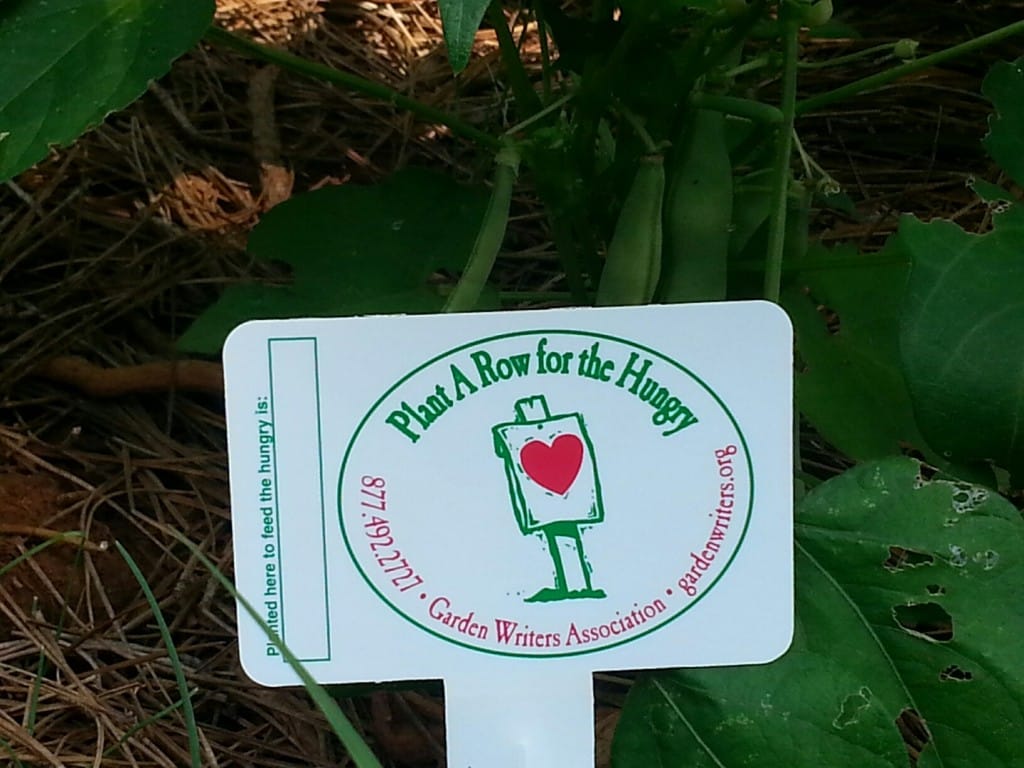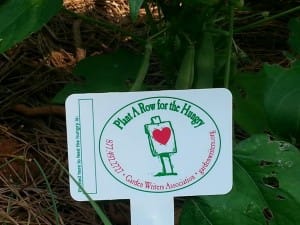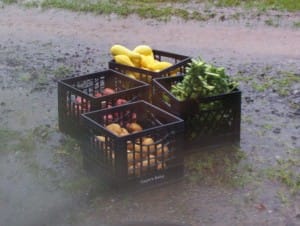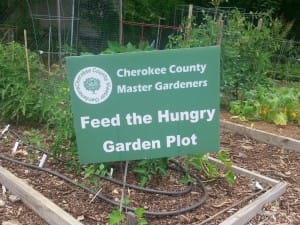There is a garden in Fayette County that is considered the model for gardens donating vegetables to local food banks, Plant A Row Garden for the Hungry sponsored by Fayette County Master Gardener Association and Fayette County Master Gardener Extension Volunteers. In 2016, their garden yield was 22,194 pounds of produce. That is alot of food! Potatoes, okra, peppers, corn, peas, watermelon, are all grown on the one acre garden plot.
How do they consistently get such a high yield?
I sat down with three of the gardeners, Lester Bray, Vauna Bellury, and Ginger Vawter to ask that question. This garden is run by volunteers with many people working several hours a week. It is a labor of love as they know that what they grow will be on the plates of people who really need the food. Meeting this need is a driving force for all of the gardeners.
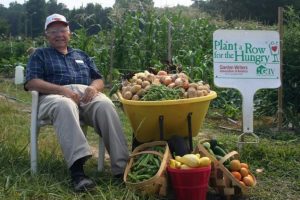
Their horticultural secret is plasticulture.
The garden uses plasticulture to keep down weed, insect, and disease pressure. Recently they acquired the machine that punches holes in the plastic. Until then, all of those planting holes were punched by hand. They have had so much success with this method that Mr. Bray has written a book on the subject. He says he wants to get the word out that this is the way to grow food in Georgia.
The information is posted on plasticulturefarming.com. Mr. Bray allows anyone to download the information free of charge.
The gardeners use the garden to grow food all year long. Many gardeners enjoy a break in the cool-season but many cool-season crops (broccoli, spinach, onions, peas, lettuce) grow well in Georgia.
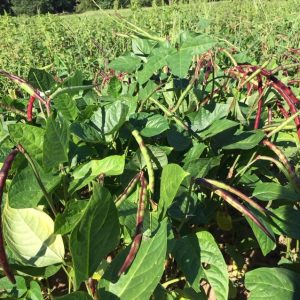
This garden is known throughout the region. Others who want to start a Plant a Row visits with Mr. Bray and his crew to get tips. A peach grower reached out to the group to help him distribute extra peaches. It has snowballed into an incredible operation.
Fayette County Extension Agent Kim Toal says, “Our volunteers dedicated to this project and to the individuals it serves embodies the true spirit of a volunteer and giving back to our community. Not only do our volunteers do an outstanding job every year to provide nutritious food to those in need, they willingly share their knowledge at garden workdays and to other organizations interested in starting a similar garden.”
To those of us who garden in the Georgia soil their garden is an inspiration. For those in Fayette County that have fresh vegetables and fruit on their plates the garden is a true blessing.
Be inspired!

